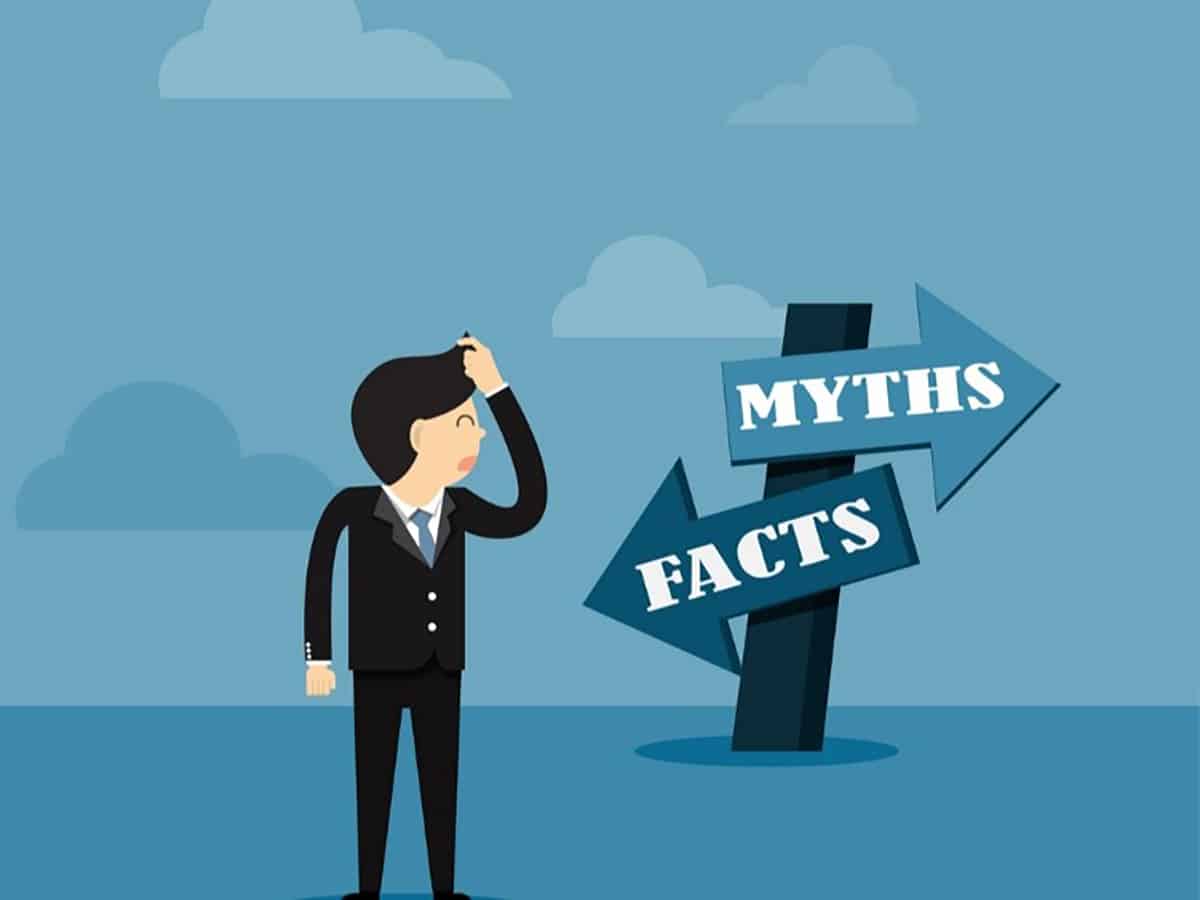
General guidance for valuing intangible assets is provided in the Financial Accounting Standards Board (FASB) Accounting Standards Codification (ASC) Topics 805, 350, and 820. Detailed guidance for valuing intangible assets can be found in the advisory guidance from The Appraisal Foundation (TAF) of the Appraisal Practices Board (APB). In June 2016, TAF released a final version of its Valuation in Financial Reporting (VFR) Advisory #2 – The Valuation of Customer-Related Assets.
VFR Advisory #2 list four different Income Approach methods for valuing customer relationships; the Multi-Period Excess Earnings Method (MPEEM), the Distributor Method (DM), the With-and-Without Method (WWM), and the Cost Savings Method (CSM).
We regularly value intangible assets for financial reporting and tax planning purposes. When the acquired identifiable intangible assets include customer relationships, and there is another asset that is considered the “primary asset”, we occasionally use the Distributor Method to value the customer relationships intangible asset. When this is the case, we often receive puzzling questions during the audit review about the use of the Distributor Method.
- Why did you use the Distributor Method and why are the company’s services to customers similar to that of distributors?
- Why are you using the profit margins of technology consulting and integration companies to develop the reasonable profit markup applied in the Distributor Method?
- Why do the contributory asset charges (CACs) used in the Distributor Method exclude charges for developed technology and other identified intangible assets?
While these questions seem to illustrate a lack of understanding of VFR Advisory #2, some misconceptions are probably warranted. First, the name “Distributor Method” can be construed as only being appropriate for distributor-type services. A more accurate naming might be “Similar Services Method.” Second, the summary introduction to the method (page 21 of VFR Advisory #2) notes the following: “The Distributor Method (also known as the Distributor Model) is a variation of the MPEEM that may be appropriate when the nature of the relationship between an entity and its customers is similar to that of a distribution company and its customers.” However, a further read is needed in order to understand the full usage and benefits of the Distributor Method.
Detailed guidance of the Distributor Method starts on page 39 of the VFR Advisory #2. Key excerpts including the following:
- The Distributor Method, a variant of the MPEEM, relies upon market-based distributor data or other appropriate market inputs to value customer relationships. It may also be viewed as a profit split method, in which function-specific profit is allocated to the identified assets. The underlying theory is that a business is composed of various functional components (such as manufacturing, distribution, and intellectual property) and that, if available, market-based data may be used to reasonably isolate the revenue, earnings, and cash flow related to these functional areas.
- A benefit of using the Distributor Method is that it uses market-based data to support the selection of profitability and other inputs related to customer-related activities (similar to the selection of a royalty rate in the relief from royalty method), thereby allowing the potential use of the MPEEM to value other assets of the business if appropriate.
- When valuing customer-related assets under the Distributor Method, margins used should be consistent with those realized by distributors or other businesses that share characteristics similar to the customer-related assets being valued.
- Finally, valued added distributors/resellers may realize higher margins because they are providing additional value in the form of services. There may be additional situations where a selected group of companies provides an appropriate proxy for the customer relationships function.
- The CAC assumptions utilized in the application of the Distributor Method should be consistent with the selection of the distributor margin and will include CACs for assets utilized by a distributor. These assets typically include working capital, fixed assets, corporate trademarks, and workforce at levels of investment consistent with a distributor. CACs should not be included for assets not typically used by distributors, such as product trademarks, technology, or manufacturing assets.
The first item of note is that the Distributor Method can be used when the services provided to the customer relationships include more than just distributor services. For instance, if the customer relationships receive software customization and integration services, then the profitability margins of companies that purely provide similar services can be used in the Distributor Method. Technology consulting and integration companies might be appropriate for this instance.
Another item of note is that the applied CACs should be based on CACs of the group of similar service providers. Using the example above, technology consulting and integration companies require working capital, fixed assets, corporate trademarks, and workforce to provide their services but may not require proprietary developed technology to do so.
The appropriate use of the Distributor Method depends on the ability to isolate the services being provided, the applicable revenue line projections for those services, and the availability of public financial data from pure play companies that provide similar services.
Teknos Associates provides valuation and advisory services for technology companies. Clients rely on our financial expertise, knowledge of technology markets, and high standards to deliver relevant and timely valuation reports, opinions, and analyses. To learn more, please contact us at info@teknosassociates.com.
